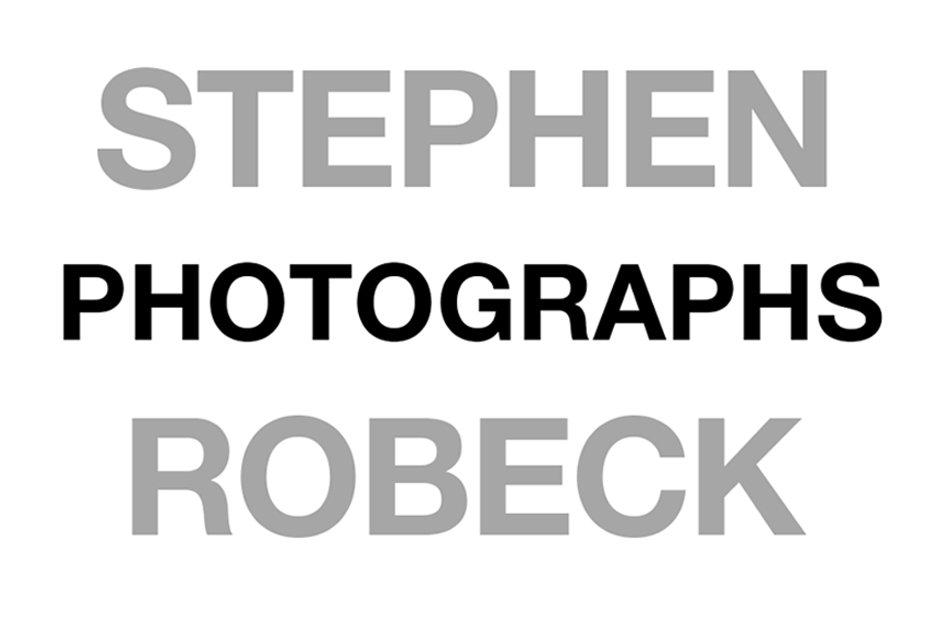What Is Fine Art Photography?
NOTE: This post was originally part of the "About" section of my website.
Just for fun I did a Google search for "images for fine art photography" and the screenshot at left is the first thing that came up. It's an eclectic range of images, some of the kind I'd have expected, others not. Certainly they all were intended to be art works because to show up in such a search, all had to have been tagged with some sort of "fine art photography" reference. But the litmus test for me (and, I think, most people) is to ask which of these images I would like to look at every day in my home. For only a few I'd say yes, but that doesn't make the others any less valid as art, only of less interest to me.
The accomplished landscape photographer, Alain Briot, has written an excellent book, “Marketing Fine Art Photography,” and in it he suggests several creative and technical criteria that define fine art photography. The key creative ingredients, he says, are first the artist, then the subject and last, technique. I agree these are core essentials. He also says that the fine art photographer must think of him- or herself as an artist. This has always been a little tricky for me because I feel it’s really up to others to decide if I’m an artist or just a competent craftsman. The main thing for me is to keep doing the work and to learn from trial and error, feedback from others, as well as the work of other photographers. If you create images that are interesting to yourself (very important to me), and if you present them using long-lasting (archival) materials in a way that looks “finished,” then I think you’ve achieved a measure of success.
Briot’s next most-important point is that the artist must control the creative process and the final outcome. I think this is true in the sense that good photographs are usually the result of intention and the countless decisions that go into a finished image. But sometimes there's more to it. Consider the image at left by W. Eugene Smith, "A Walk Through Paradise Garden." Smith was photographer for Life magazine during World War II and he covered thirteen separate island invasions in the Pacific, including Saipan and Iwo Jima. On the thirteenth he was badly wounded by shell fragments.
Nearly two years and numerous surgeries later he tried to use a camera again for the first time while out for a walk with his children. His biographical notes make it clear that he had chosen this particular day in 1946 to try to photograph again and that it was extremely difficult and painful to get film into the camera, turn the focus knob, etc., because of the injuries to his left hand. But as they were walking down the wooded path and he saw the brightly-lit clearing ahead, he hung back, framed the composition and managed to squeeze the shutter, a personal triumph. Nearly ten years later the image was part of Edward Steichen's Family of Man exhibit at the Museum of Modern Art in New York. It was selected as the closing image and has been famous (and widely collected) ever since. It's a wonderful image, but it takes on greater significance once you know the story behind it. Fine art for sure.
Early in my photography career (college years) I had the thought that “the things that make a good photograph great are the things you never notice.” The idea is that all the decisions a photographic artist makes about composition, cropping, tonal and color adjustments, etc., just leave the viewer with a feeling of “huh” or “wow” without calling attention to themselves. The image makes an emotional and/or intellectual connection with the viewer, but the how and why aren't necessarily clear.
Briot raises a number of other good points like the difference between images that are purely documentary versus those that are interpretive or impressionistic, as well as the importance of emotional content, sophisticated composition and the power of visual metaphor. These are certainly good things for any artist to be thinking about during the creative process, but I’m not convinced they’re boxes that must be checked on the way to creating a fine art photograph. I have a small print of Ansel Adams' "Thunder-storm, Yosemite Valley" in my office so I see it every day. Is it documentary vs. impressionistic? Does it convey visual metaphor? To me it's just gorgeous. Whether great, good or not so good, all images speak for themselves and it’s up to the viewer to judge what an image has to say to them. That's what makes it art.
For more about Alain Briot and his work visit www.beautiful-landscape.com.
Selected photographic essays by W. Eugene Smith can be found at Magnum Photos.



